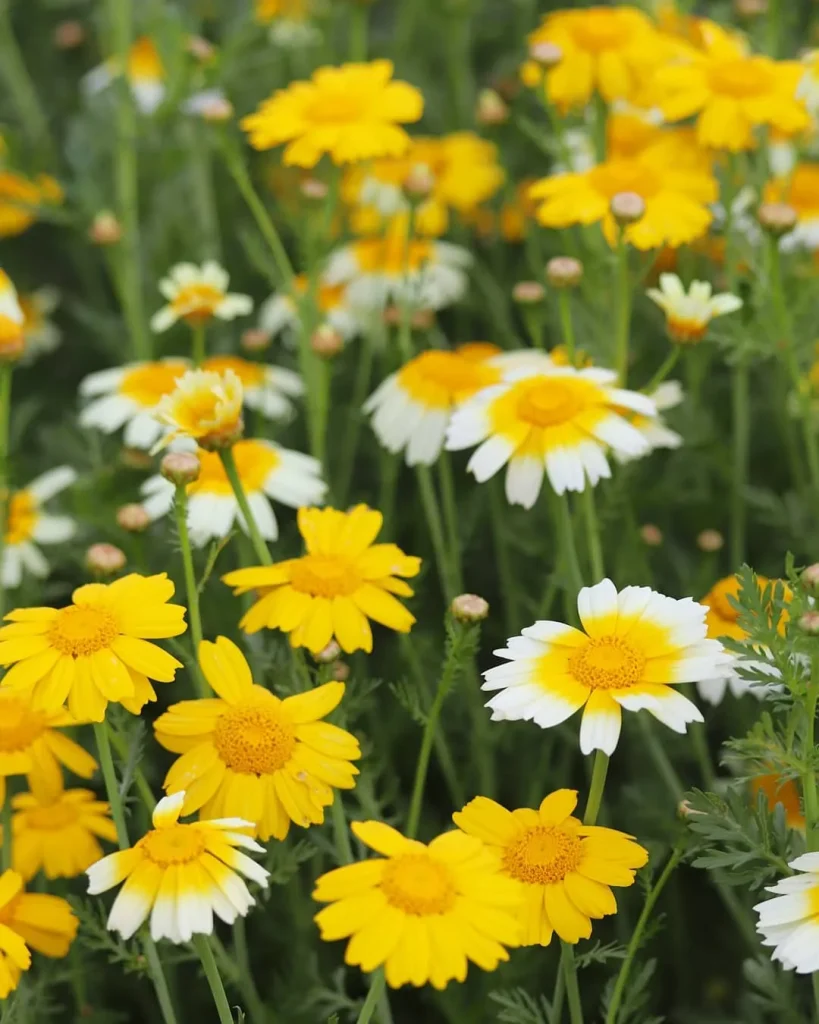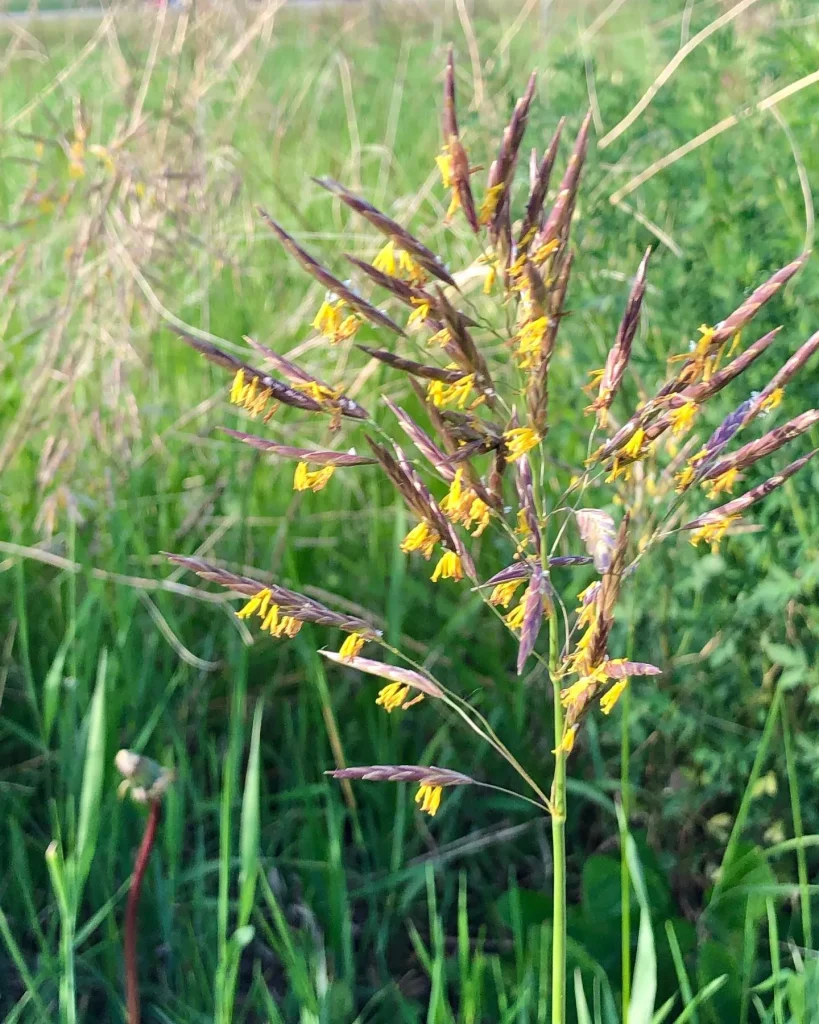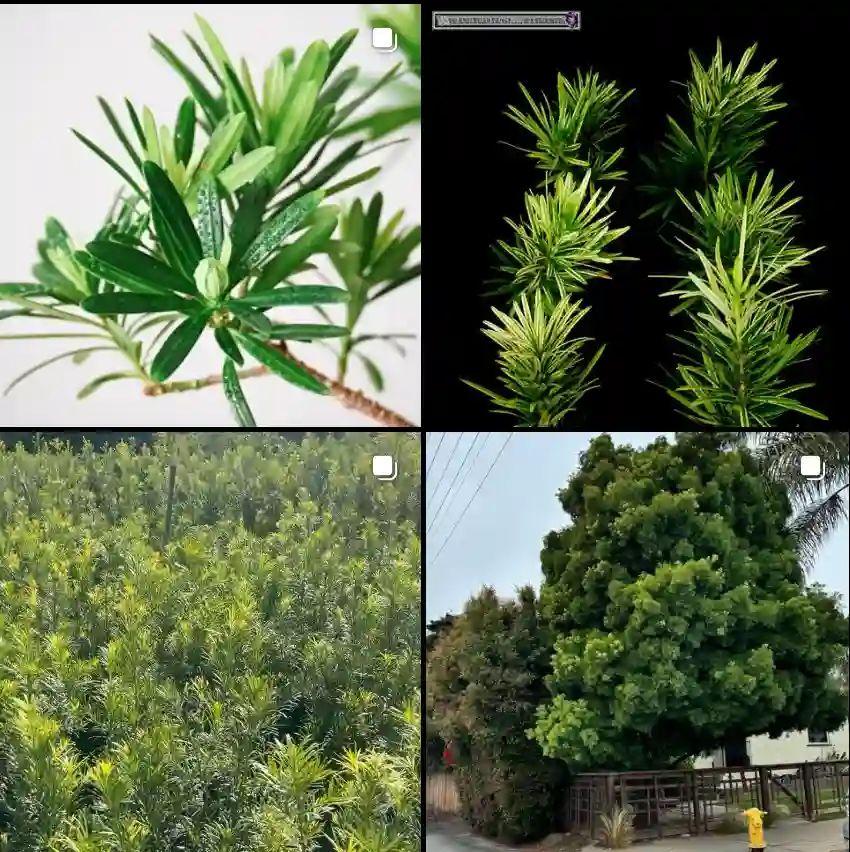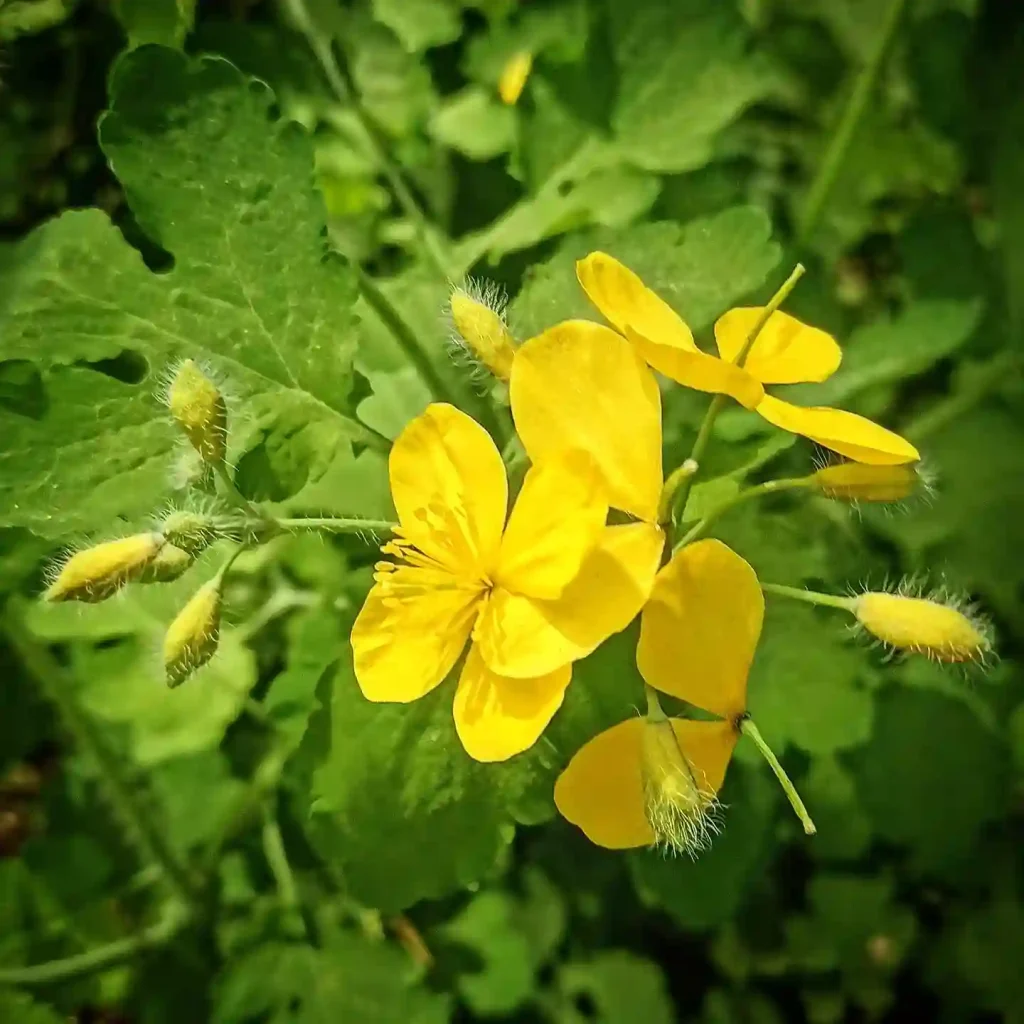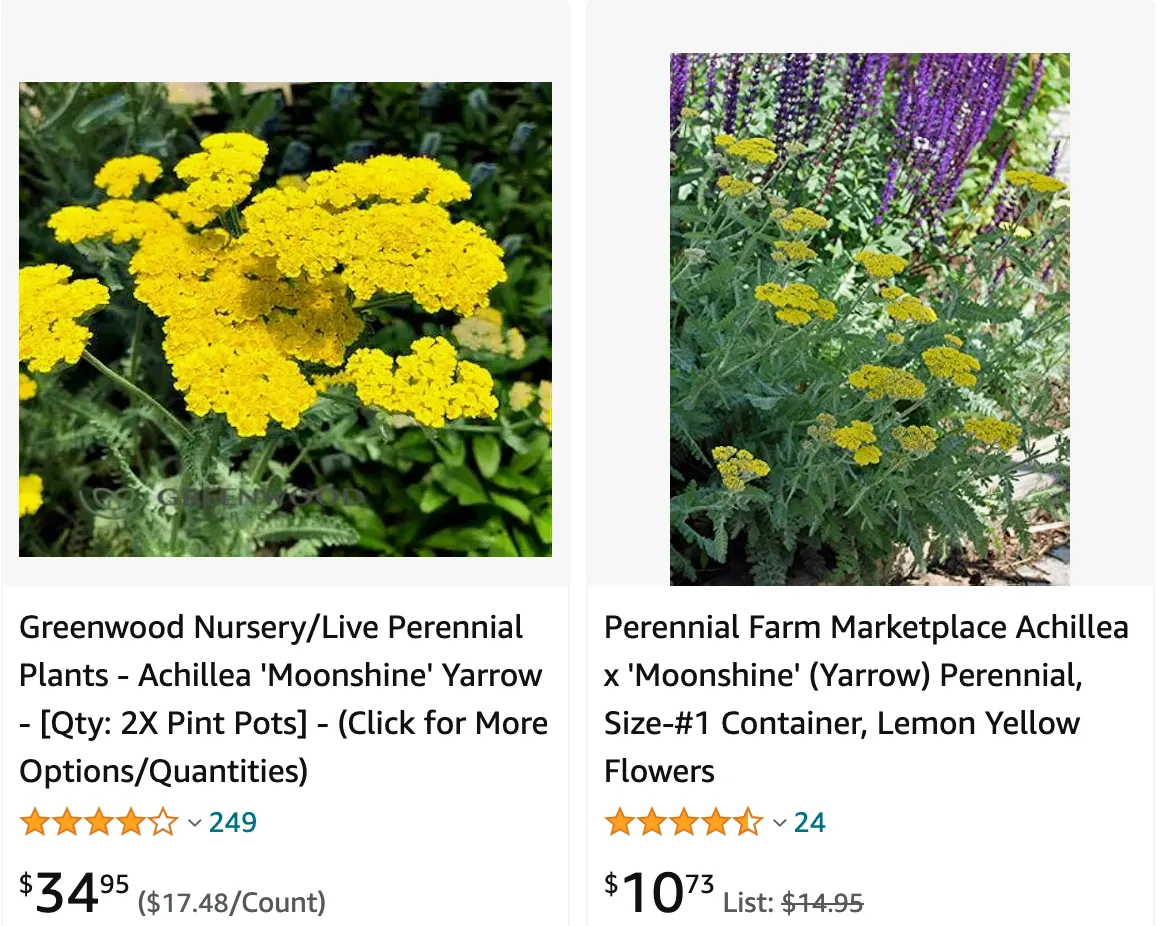
Achillea Moonshine: A Silver Lining in My Garden
Few plants bring me as much joy as Achillea Moonshine, or Moonshine Yarrow. It’s become a constant presence in my garden, a reliable source of color and texture throughout the summer. The combination of its silvery-green foliage and cheerful lemon yellow flowers is a surefire way to brighten up any sunny corner. But beyond its good looks, Achillea Moonshine is a remarkably easy-care plant, perfect for busy gardeners like myself.
What is Achillea Moonshine?
Achillea Moonshine is a herbaceous perennial belonging to the Asteraceae family. It’s a compact hybrid yarrow, prized for its beautiful ferny, silver-grey foliage and long-lasting bright yellow flowers. These cheerful blooms appear in dense clusters all summer long, atop stiff, upright stems that can reach 1-2 feet in height.
Why Achillea Moonshine?
There are many reasons to love Achillea Moonshine. Here are just a few:
- Low Maintenance: This is a plant that thrives on neglect. It’s drought tolerant, heat tolerant, and resistant to pests and diseases. Perfect for those lazy summer days when watering feels like a chore.
- Long Bloom Time: Moonshine Yarrow is a tireless bloomer, putting on a show of color from early summer right through to fall. With a little deadheading (more on that later), you can extend the flowering period even further.
- Attracts Pollinators: The bright yellow flowers are a magnet for butterflies, bees, and other beneficial insects, adding a touch of life and movement to your garden.
- Deer and Rabbit Resistant: If you struggle with these furry garden visitors, Achillea Moonshine is a great choice. Their strong scent seems to deter them, leaving your plants happily nibble-free.
- Versatility: Moonshine Yarrow is a versatile plant that can fit into various garden styles. It adds a touch of texture and color to borders, looks stunning in containers, and can even be used in butterfly gardens.
How to Care for Achillea Moonshine?
As I mentioned before, Achillea Moonshine is a low-maintenance plant. Here’s the basic care:
- Planting: Choose a location that gets full sun and well-drained soil. Achillea Moonshine is not fussy about soil type, but it doesn’t like to sit in waterlogged conditions.
- Watering: Water deeply when the soil feels dry to the touch. Once established, Achillea Moonshine is very drought tolerant and shouldn’t need frequent watering, especially in hotter climates.
- Fertilizing: This is not a plant that needs heavy feeding. A light application of compost in the spring is usually sufficient.
How to Deadhead Achillea Moonshine?
Deadheading simply means removing the spent flowers to encourage further blooming. With Achillea Moonshine, it’s a simple process that can significantly extend the flowering season. Here’s how:
- Pinch or snip off the faded flower heads just below the bloom. You can use your fingers or sharp pruners.
- Don’t be afraid to cut back a bit further, removing some of the stem if necessary. This will encourage bushier growth and even more flowers.
- Deadhead regularly throughout the summer to keep the plant looking its best and producing blooms.
Additional Tips
- Cutting Back: In late fall or early spring, you can cut back the entire plant to about 4-6 inches above the ground. This will encourage new growth in the spring.
- Dividing: Achillea Moonshine can be easily propagated by division. Simply dig up the clump in early spring or fall, and divide it into several smaller pieces. Replant the divisions in a new location.
What to Plant with Achillea Moonshine?
The beauty of Achillea Moonshine is its versatility. Here are a few ideas for companion plants:
- Purple perennials: Lavender, catmint, or Salvia create a stunning contrast with the yellow flowers.
- Pink perennials: Pink phlox or Echinacea provide a soft, romantic touch.
- Grasses: Ornamental grasses add texture and movement to the border.
Conclusion
Achillea Moonshine is a garden gem that deserves a place in every sunny border. Its low-maintenance nature, long bloom time, and attractive foliage make it a winner in my book. So, if you’re looking for a plant that adds color, texture, and attracts pollinators to your garden, look no further than Achillea Moonshine.

